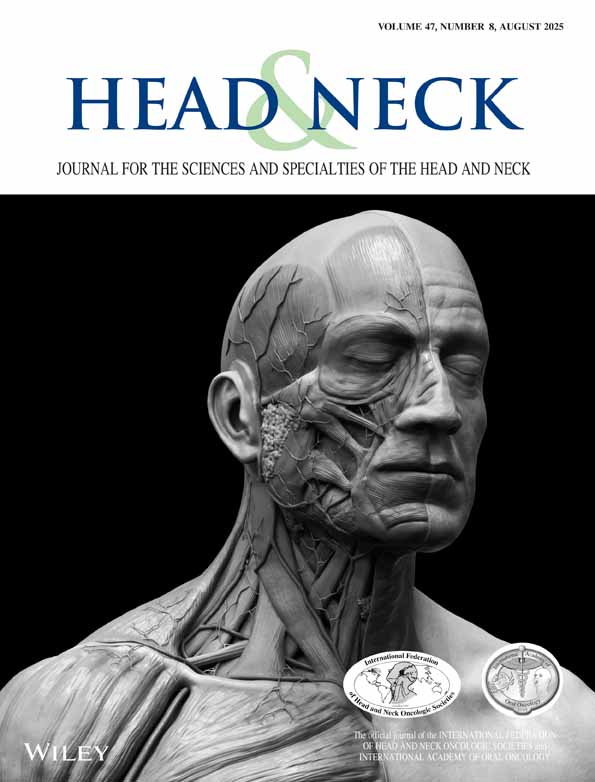Schwannoma of the submandibular gland
Abstract
Neurilemmomas (schwannomas) are solitary neurogenic tumors that arise from cells of the neural sheath. They are slow growing and represent a proliferation of Schwann cells. Extracranial neurogenic tumors of the head and neck are uncommon, with benign tumors occurring with greater frequency than malignant tumors. These tumors often mimic primary or metastatic disease in the head and neck. Schwannoma of the salivary gland is a particularly rare form of an extracranial neurogenic tumor, with most presenting in the parotid gland originating from a peripheral branch of the facial nerve. An unusual case of neurilemmoma of the submandibular gland is presented, and the literature concerning this subject is reviewed. We believe this tumor originated in an autonomic nerve of the submandibular gland. The mass was discrete and well demonstrated on CT scan. Total excision of the gland resulted in complete resolution of symptoms with no cranial nerve deficits.




